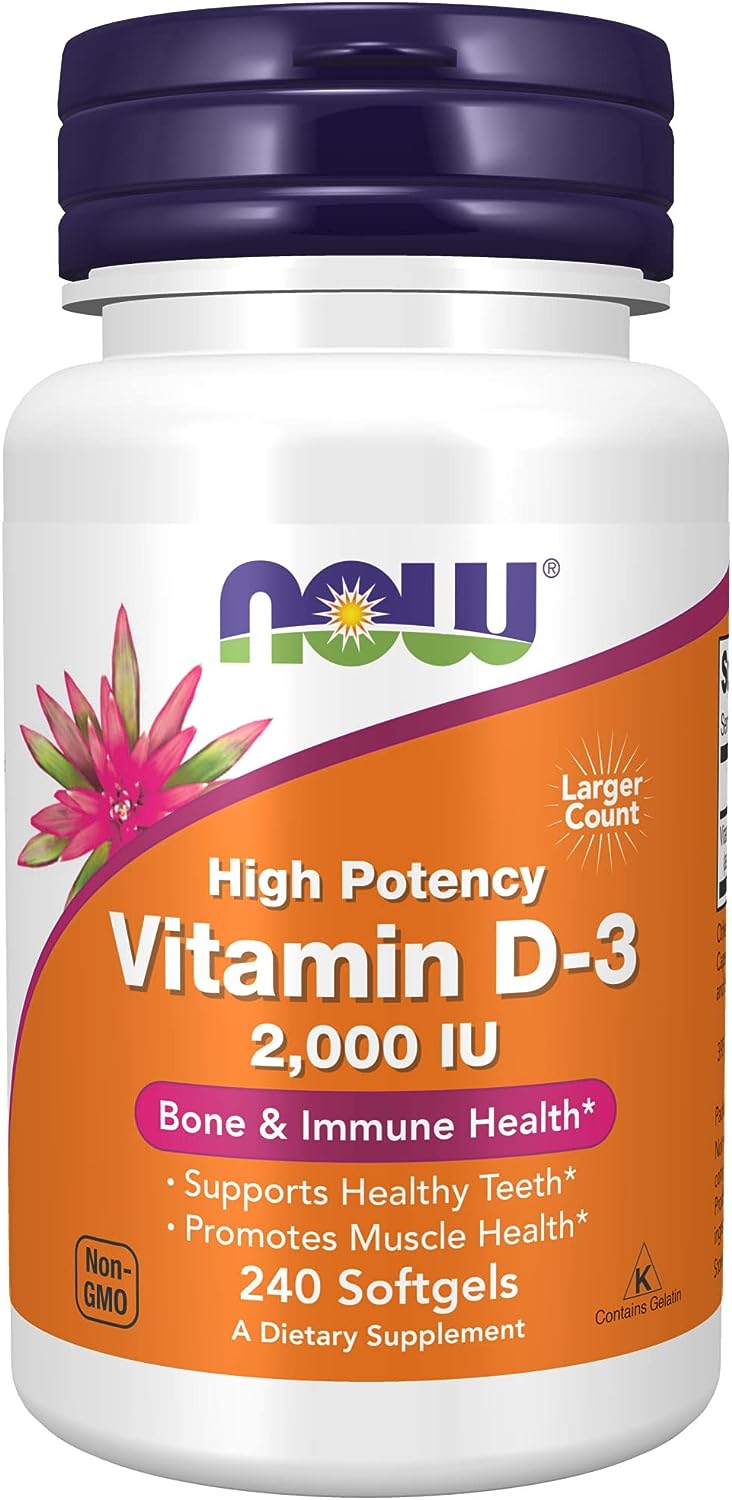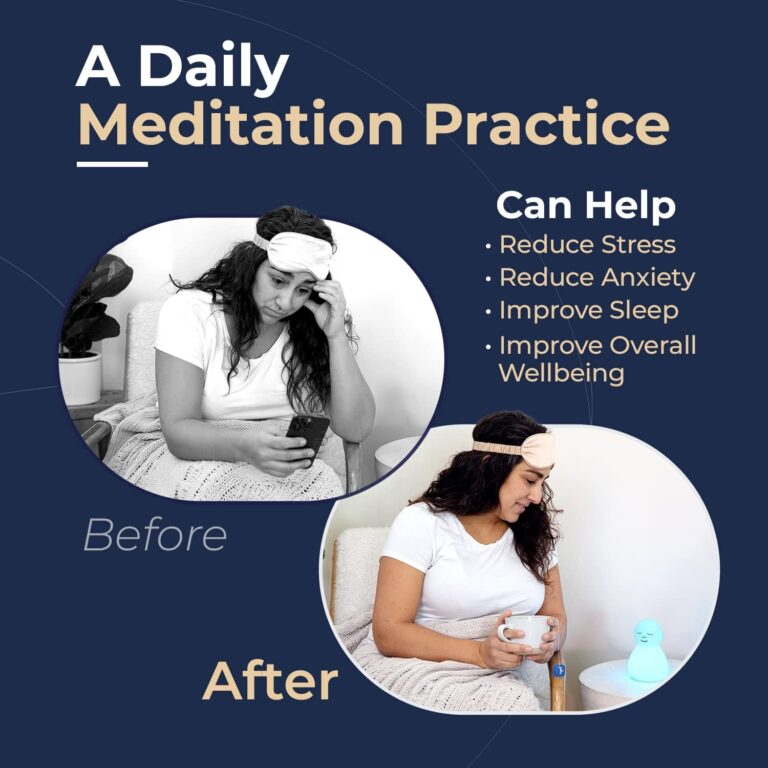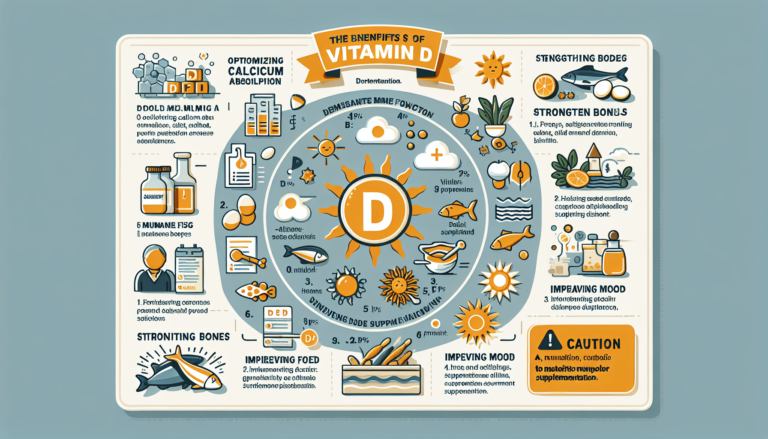Vitamin D Sunlight
Imagine a world where simply basking in the warm embrace of sunlight could dramatically enhance your overall health. It may sound too good to be true, but the reality is that vitamin D, often referred to as the “sunshine vitamin,” holds remarkable healing powers when absorbed through sun exposure. From strengthening bones and boosting immunity to improving mood and reducing the risk of chronic diseases, vitamin D derived from sunlight is truly a gift from the heavens. In this article, we will explore the extraordinary benefits of harnessing the power of vitamin D sunlight and how it can positively transform your well-being.
The Importance of Vitamin D
Vitamin D is an essential nutrient that plays a crucial role in our overall health and well-being. It is a fat-soluble vitamin that our bodies need to absorb calcium, promote bone growth, support immune function, and maintain healthy teeth. In addition to its role in bone health, recent research has shown that vitamin D may also help prevent chronic diseases such as cancer, diabetes, and cardiovascular diseases. Therefore, ensuring that you have adequate levels of vitamin D is of utmost importance for your overall health.
What is Vitamin D?
Vitamin D is a unique vitamin because it can be synthesized by our bodies through exposure to sunlight. It can also be obtained from certain dietary sources and supplements. There are two forms of vitamin D: vitamin D2 (ergocalciferol) and vitamin D3 (cholecalciferol). Vitamin D2 is primarily found in plant-based foods, while vitamin D3 is synthesized in our skin from cholesterol when exposed to sunlight and is also found in animal-based foods.
Why is Vitamin D Important?
Vitamin D plays a crucial role in regulating the levels of calcium and phosphorus in our bodies. It helps in the absorption of calcium from our diet, promoting bone mineralization and growth. Adequate levels of vitamin D are essential for healthy bones, teeth, and muscle function.
Moreover, vitamin D is crucial for our immune system. It helps regulate immune responses, reduce inflammation, and protect against certain infections. Studies have also shown a link between higher vitamin D levels and a decreased risk of chronic diseases such as cancer, multiple sclerosis, and heart disease. Vitamin D is also important for mental health, as low levels have been associated with an increased risk of depression and seasonal affective disorder (SAD). Therefore, maintaining optimal levels of vitamin D is crucial for our overall health and well-being.
Sources of Vitamin D
The primary source of vitamin D is sunlight exposure. When the sun's ultraviolet B (UVB) rays touch our skin, it triggers a process that converts a precursor molecule into vitamin D3. However, there are few natural dietary sources that contain vitamin D. Fatty fish like salmon, mackerel, and sardines are excellent sources of vitamin D3. Cod liver oil, fortified dairy products, and fortified cereals also provide vitamin D, although in smaller amounts. Additionally, egg yolks and mushrooms contain a small amount of vitamin D2.
Vitamin D Deficiency
Vitamin D deficiency is a global health concern, affecting people of all ages. It can occur due to limited sun exposure, a lack of dietary sources, certain medical conditions, or inadequate vitamin D absorption. Symptoms of vitamin D deficiency can vary but may include fatigue, muscle weakness, bone pain, depression, and an increased risk of fractures.
Certain populations are at a higher risk of developing vitamin D deficiency, including the elderly, infants, people with darker skin tones, individuals living in northern latitudes, and those who follow a strict vegan or vegetarian diet. It is important to recognize and address vitamin D deficiency promptly to prevent potential health complications.
Health Benefits of Vitamin D
Vitamin D provides numerous health benefits beyond its role in bone health. Studies have shown that maintaining optimal vitamin D levels may reduce the risk of several chronic diseases. Adequate vitamin D levels have been associated with a decreased risk of certain types of cancer, such as colorectal, breast, and prostate cancer. It also plays a role in reducing the risk of cardiovascular diseases, autoimmune conditions, and type 2 diabetes.
Furthermore, vitamin D is crucial for brain health and cognitive function. It has been linked to a lower risk of age-related cognitive decline and neurodegenerative diseases, including Alzheimer's disease. Vitamin D also plays a role in mood regulation, and low levels have been associated with an increased risk of depression and SAD.
The Role of Sunlight in Vitamin D Production
How does sunlight contribute to Vitamin D production?
Sunlight is a crucial factor in our bodies' ability to produce vitamin D. When our skin is exposed to UVB rays from the sun, it triggers a chemical reaction that converts a precursor molecule in our skin to previtamin D3. This previtamin D3 is then converted into active vitamin D3 in the liver and kidneys.
Factors Affecting Sunlight's Effectiveness
Several factors affect the effectiveness of sunlight in producing vitamin D in our bodies. The angle of the sun, the amount of exposed skin, the time spent in the sun, and the level of pollution and cloud cover can all impact the production of vitamin D. Skin pigmentation is another important factor, as darker skin tones have higher amounts of melanin, which reduces the ability of the skin to produce vitamin D from sunlight.
Optimal Sun Exposure
To maintain optimal vitamin D levels, it is important to get regular sun exposure. The amount of sunlight needed to produce adequate vitamin D varies depending on various factors, such as skin pigmentation, geographical location, and time of year. However, as a general rule, exposing your face, arms, and legs to the sun for 10-30 minutes, two to three times a week, during peak sunlight hours is usually sufficient for most individuals to meet their vitamin D requirements.
Sunscreen and Vitamin D Production
Sunscreen is essential for protecting our skin from harmful UV rays and preventing sunburns and skin damage. However, the use of sunscreen with a high sun protection factor (SPF) can reduce the production of vitamin D in our bodies. It is recommended to apply sunscreen after the initial 10-30 minutes of sun exposure to allow your skin to produce some vitamin D naturally. Additionally, spending longer periods of time in the sun without sunscreen, but being cautious of overexposure, can also help meet your vitamin D needs.
Understanding Vitamin D Synthesis Process
Conversion of Sunlight into Vitamin D
Vitamin D synthesis begins when your skin is exposed to sunlight. UVB rays in sunlight convert 7-dehydrocholesterol, a precursor molecule present in the skin, into previtamin D3. This previtamin D3 is then converted into active vitamin D3, also known as calcitriol, in the liver and kidneys. Vitamin D3 is the most potent form of vitamin D, and it is the form that our bodies utilize for various physiological processes.
Skin Structure and Function
The skin is the largest organ in our body and plays a crucial role in vitamin D synthesis. The outermost layer of the skin, the epidermis, contains cells called keratinocytes that produce the precursor molecule 7-dehydrocholesterol. When exposed to UVB rays, this molecule is converted into previtamin D3. The skin also has the ability to regulate the production of vitamin D and prevent excessive synthesis to prevent vitamin D toxicity.
The Role of UVB Radiation
UVB radiation is necessary for the conversion of 7-dehydrocholesterol into previtamin D3. It constitutes only a small portion of the sun's rays but is most effective for the production of vitamin D. UVA radiation, on the other hand, is not involved in the synthesis of vitamin D but can still penetrate deeper into the skin and contribute to skin aging and damage.
Factors Affecting Vitamin D Synthesis
Several factors can influence the synthesis of vitamin D in our bodies. These include geographical location, time of year, time of day, cloud cover, pollution levels, altitude, and skin pigmentation. People living in higher latitudes, especially during winter months, have less sunlight exposure, leading to reduced vitamin D synthesis. Similarly, individuals with darker skin have higher natural sun protection due to higher melanin levels, resulting in reduced vitamin D production.
Benefits and Risks of Sunlight Exposure
Benefits of Sunlight Exposure
Sunlight exposure is not only crucial for the production of vitamin D but also offers a range of other health benefits. Sunlight can help improve mood and increase serotonin levels, often referred to as the “happy hormone.” It also plays a role in regulating our body's internal clock, promoting better sleep patterns. Additionally, sunlight activates the production of nitric oxide, a compound important for maintaining healthy blood pressure and cardiovascular function.
Skin Protection Measures
While sunlight can provide numerous health benefits, it is important to protect our skin from overexposure and potential harm. Sunburns and excessive UV exposure can increase the risk of skin cancer and accelerate skin aging. To protect your skin, use a broad-spectrum sunscreen with a high SPF, wear protective clothing, and seek shade during peak sunlight hours when the sun's rays are the strongest.
Potential Risks of Overexposure to Sunlight
Overexposure to sunlight, especially without proper protection, can lead to sunburns, skin damage, and an increased risk of skin cancer. It is important to find a balance between receiving enough sunlight for vitamin D synthesis and protecting your skin from the harmful effects of excessive UV radiation. This is particularly relevant for individuals with fair skin, a family history of skin cancer, or a personal history of excessive sun exposure.
Balancing Sunlight Exposure
Achieving a balance between adequate vitamin D synthesis and skin protection is crucial. It is recommended to take advantage of the sun's rays during the early morning or late afternoon when they are less intense. Exposing your skin to the sun for short periods of time, gradually increasing the duration as your skin becomes more accustomed to sunlight, can help maintain optimal vitamin D levels while minimizing the risks associated with overexposure.
Alternative Sources of Vitamin D
Dietary Sources of Vitamin D
While sunlight exposure is the primary source of vitamin D, there are also dietary sources that can contribute to your vitamin D intake. Fatty fish, such as salmon, mackerel, and sardines, are excellent sources of vitamin D3. Cod liver oil, fortified dairy products like milk and yogurt, and fortified cereals also provide vitamin D, although in smaller amounts. Incorporating these foods into your diet can help ensure an adequate vitamin D intake, especially for those with limited sunlight exposure.
Supplements and Fortified Foods
If you are unable to meet your vitamin D requirements through sunlight and diet alone, supplements can be a convenient option. Vitamin D supplements, available in various forms such as capsules or tablets, can provide a reliable source of vitamin D. It is recommended to consult with your healthcare provider to determine the appropriate dosage for your individual needs. Additionally, some foods, such as orange juice and breakfast cereals, are fortified with vitamin D, providing another option to increase your vitamin D intake.
Safe Sun Alternatives for Vitamin D
For individuals who may have limited sun exposure or face challenges with dietary sources, safe alternatives for vitamin D supplementation may be necessary. UVB lamps, also known as sun lamps or light therapy lamps, emit specific wavelengths of light that simulate sunlight and can stimulate vitamin D production in the skin. However, it is crucial to follow the manufacturer's instructions and consult with a healthcare professional before using these lamps to ensure their safe and effective use.
Vitamin D Requirements by Age and Health Conditions
Recommended Daily Allowance of Vitamin D
The recommended daily allowance (RDA) of vitamin D varies depending on age and certain health conditions. For individuals aged 1 to 70 years, the RDA is set at 600 international units (IU) per day. In adults over the age of 70, the RDA increases to 800 IU per day. It is important to note that these recommendations may vary based on individual needs, and higher doses may be recommended for specific health conditions or deficiencies.
Vitamin D Requirements for Infants and Children
Infants up to 12 months old require 400 IU of vitamin D daily. Children between the ages of 1 and 18 years should aim for 600 IU per day. It is especially important for infants who are breastfeeding or consuming formula with low vitamin D content to receive vitamin D supplementation as recommended by their healthcare provider.
Vitamin D Needs in Adults
Adults, including pregnant and lactating women, require 600-800 IU of vitamin D per day, depending on their age. Women who are pregnant or breastfeeding may require higher levels of vitamin D to support their own health and the development of their baby.
Special Considerations for the Elderly
As we age, our bodies become less efficient at producing and absorbing vitamin D, making older adults more prone to vitamin D deficiency. For adults over the age of 70, the RDA increases to 800 IU per day to ensure optimal vitamin D levels and support bone health.
Vitamin D and Chronic Health Conditions
Some health conditions can affect the body's ability to absorb or utilize vitamin D, increasing the risk of deficiency. Individuals with conditions such as celiac disease, Crohn's disease, or kidney disorders may require higher levels of vitamin D supplementation or close monitoring of their vitamin D levels. It is important to consult with a healthcare professional if you have any underlying health conditions that may impact your vitamin D status.
Vitamin D Testing and Monitoring
Testing Levels of Vitamin D
To determine your vitamin D status, a blood test called the 25-hydroxyvitamin D test is commonly used. This test measures the level of 25-hydroxyvitamin D, the major circulating form of vitamin D in the blood. It is recommended to discuss with your healthcare provider whether vitamin D testing is necessary based on your individual circumstances.
Interpreting Vitamin D Test Results
Vitamin D test results are typically reported as nanograms per milliliter (ng/mL) or nanomoles per liter (nmol/L). The optimal range varies, but levels between 20 and 50 ng/mL (50 and 125 nmol/L) are generally considered sufficient for most individuals. However, it is important to note that optimal ranges may vary based on individual health conditions and the interpretation of the test results should be discussed with your healthcare provider.
When to Get Tested
If you suspect that you may have vitamin D deficiency or if you have certain risk factors such as limited sunlight exposure, it is advisable to consult with your healthcare provider and discuss the possibility of vitamin D testing. Additionally, if you are considering vitamin D supplementation or have been supplementing for an extended period, periodic testing of your vitamin D levels may be recommended to ensure you are not exceeding safe levels or to monitor your response to supplementation.
Monitoring Vitamin D Levels
Regular monitoring of your vitamin D levels is important, especially if you have a history of vitamin D deficiency or are currently undergoing vitamin D supplementation. Your healthcare provider can guide you on the appropriate frequency of monitoring based on your individual needs. Monitoring vitamin D levels can help ensure that you maintain adequate levels and adjust supplementation if needed.
Vitamin D and Seasonal Affective Disorder (SAD)
The Link Between Vitamin D and SAD
Seasonal affective disorder (SAD) is a type of depression that typically occurs during the fall and winter months when sunlight exposure is reduced. There is evidence to suggest a link between vitamin D deficiency and the development of SAD. Lower levels of vitamin D have been associated with an increased risk of developing depressive symptoms during the winter months.
Sunlight Exposure as a Treatment for SAD
Increasing sunlight exposure and maintaining optimal vitamin D levels can be beneficial for individuals with SAD. Spending more time outdoors during daylight hours, even on overcast days, can help improve mood and alleviate some of the symptoms associated with SAD. Light therapy, which involves exposure to bright, artificial light that simulates sunlight, is also an effective treatment option for SAD.
Optimizing Vitamin D Levels for Mental Health
Ensuring adequate levels of vitamin D may play a role in supporting mental health and well-being. In addition to sunlight exposure, including dietary sources of vitamin D in your diet or considering vitamin D supplementation can help optimize your vitamin D levels. However, it is important to consult with a healthcare professional to determine the best approach for your individual needs and to rule out other potential causes of depressive symptoms.
Potential Risks and Side Effects of Vitamin D
Vitamin D Toxicity
While vitamin D is crucial for our health, excessive intake can lead to vitamin D toxicity, also known as hypervitaminosis D. This condition is rare but can occur when vitamin D levels in the blood become too high. Symptoms of vitamin D toxicity may include nausea, vomiting, weakness, frequent urination, and elevated blood calcium levels. It is important to follow the recommended dosage guidelines and consult with a healthcare professional before taking high-dose vitamin D supplements.
Hypercalcemia and Calcium Buildup
One of the risks associated with vitamin D toxicity is hypercalcemia, which refers to elevated levels of calcium in the blood. Hypercalcemia can lead to various symptoms such as excessive thirst, frequent urination, kidney stones, and impaired kidney function. Prolonged hypercalcemia can also cause calcium deposits in soft tissues, leading to complications such as kidney damage or heart problems. It is essential to monitor your vitamin D levels and consult with a healthcare professional if you experience any concerning symptoms.
Vitamin D Interactions and Medications
Vitamin D can interact with certain medications, so it is important to inform your healthcare provider about any supplements or medications you are taking. Medications such as corticosteroids, certain anticonvulsants, and medications that lower cholesterol levels can interfere with vitamin D metabolism or absorption, potentially affecting your vitamin D levels.
Possible Side Effects of Vitamin D Supplements
In general, vitamin D supplements are considered safe when taken within the recommended dosage guidelines. However, some individuals may experience minor side effects such as gastrointestinal symptoms (nausea, constipation, diarrhea) or skin reactions. If you experience any persistent or severe side effects, it is advisable to consult with your healthcare provider.
Conclusion
Vitamin D is a vital nutrient that plays an essential role in our overall health. It is important to understand the significance of vitamin D and how it contributes to various physiological processes in our bodies. Sunlight exposure is the primary source of vitamin D, and it is important to strike a balance between obtaining adequate sunlight exposure for vitamin D synthesis and protecting our skin from the harmful effects of excessive UV radiation.
While sunlight is an excellent source of vitamin D, it may not always be sufficient for meeting our vitamin D requirements. Dietary sources and supplements can provide additional support to ensure optimal vitamin D levels. It is important to consult with a healthcare professional to determine the best approach for meeting your individual vitamin D needs.
Regular monitoring of vitamin D levels and awareness of potential side effects are also essential. By maintaining optimal vitamin D levels, you can support your overall health, protect against deficiencies, and potentially reduce the risk of chronic diseases. Remember to embrace the sun responsibly and enjoy the many benefits it provides while also taking necessary precautions to protect your skin.








